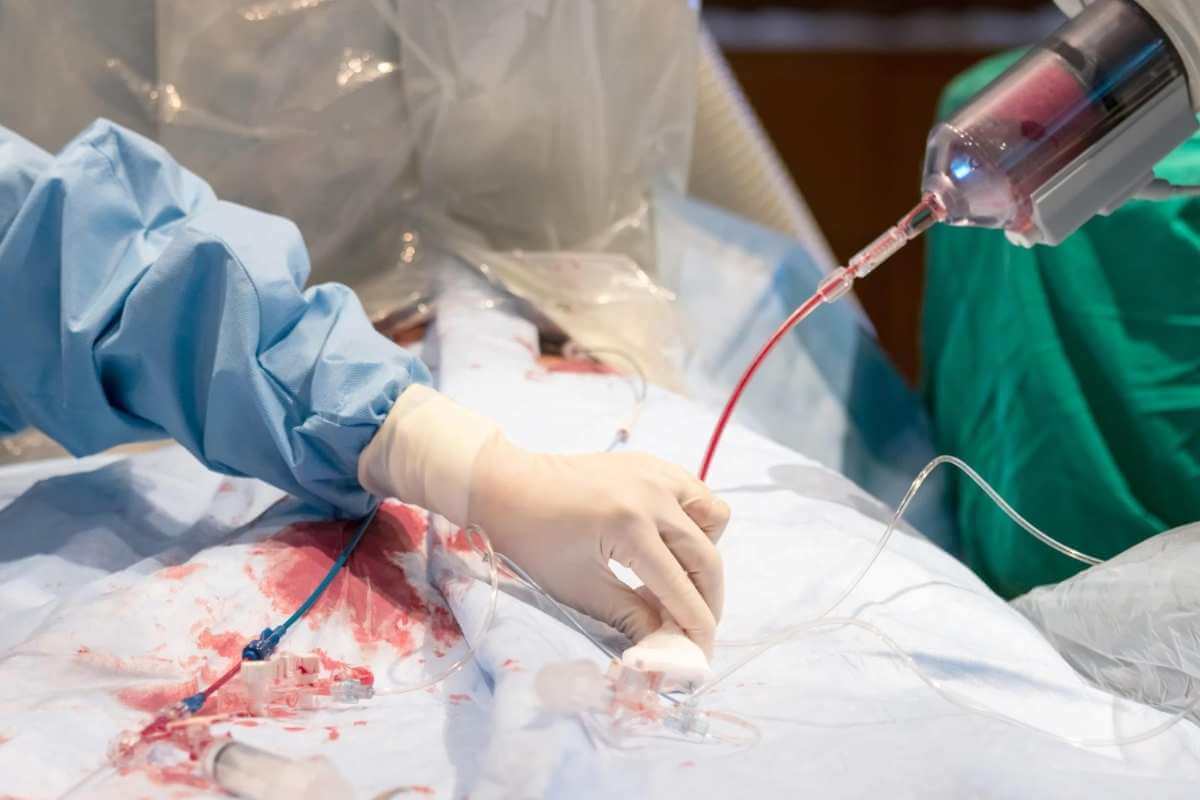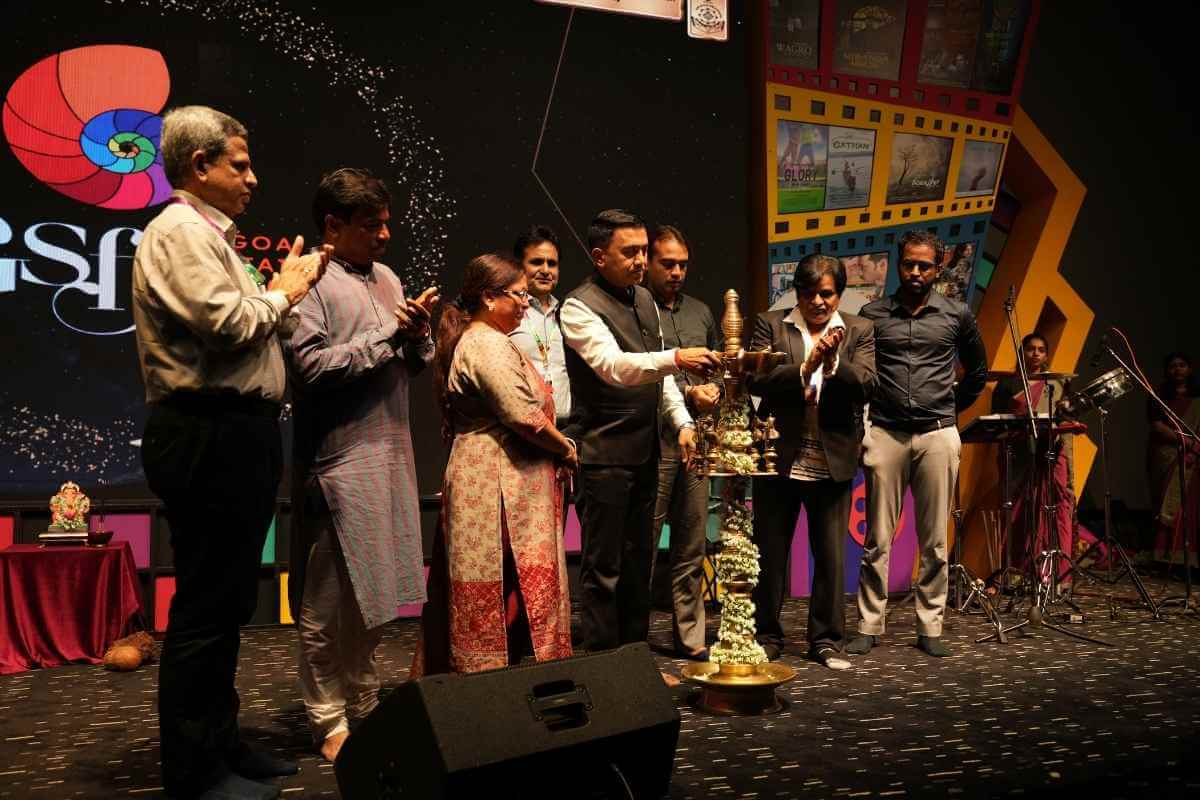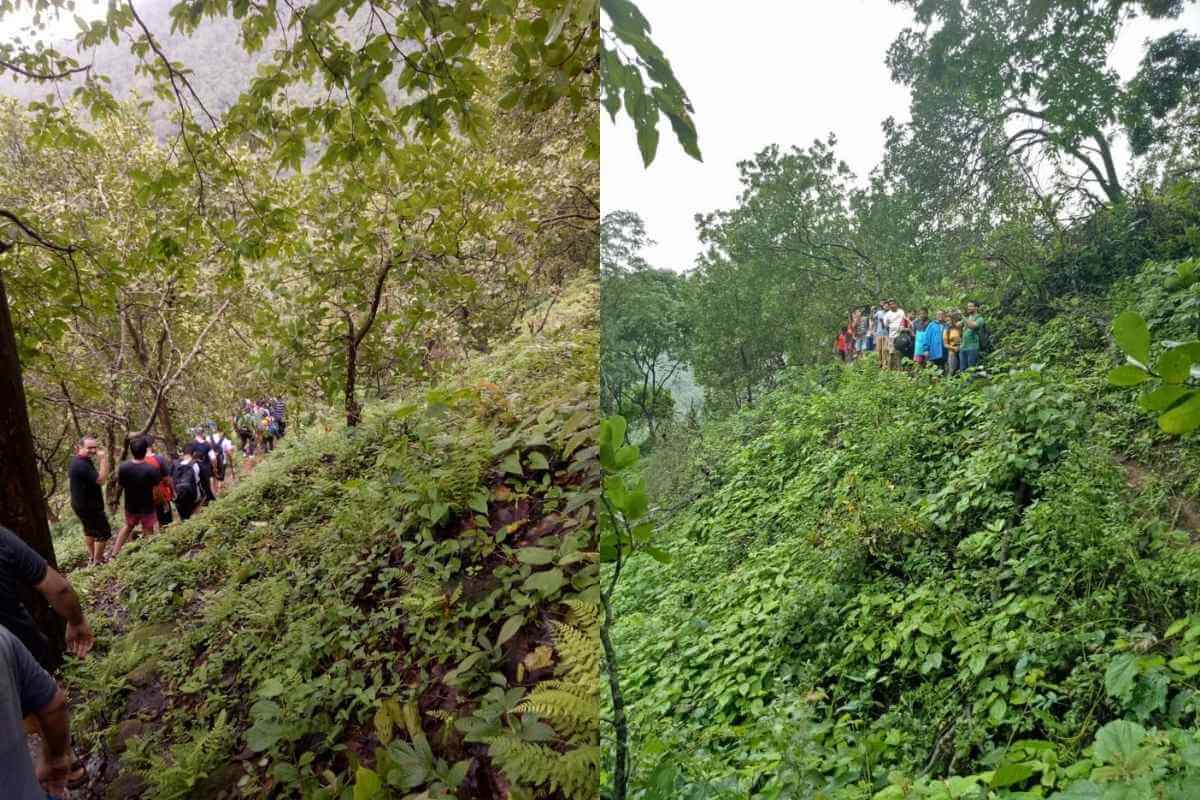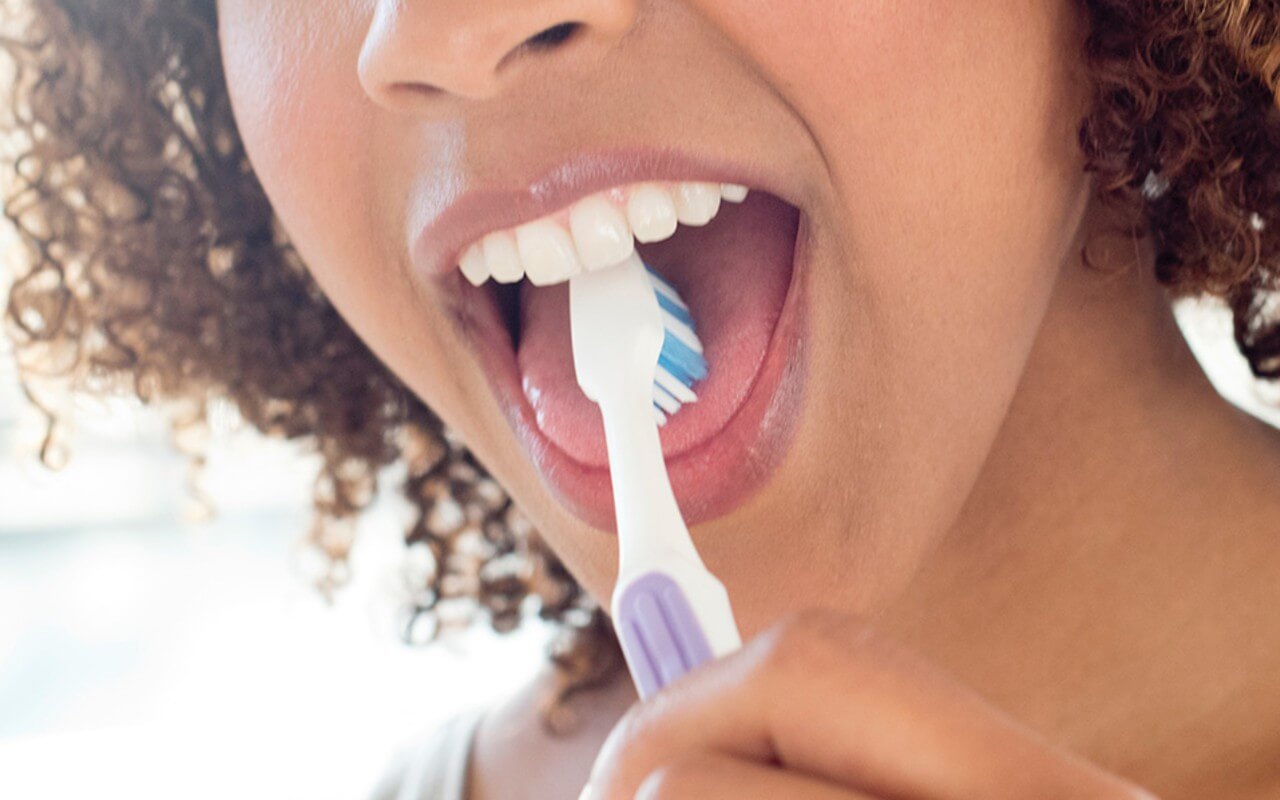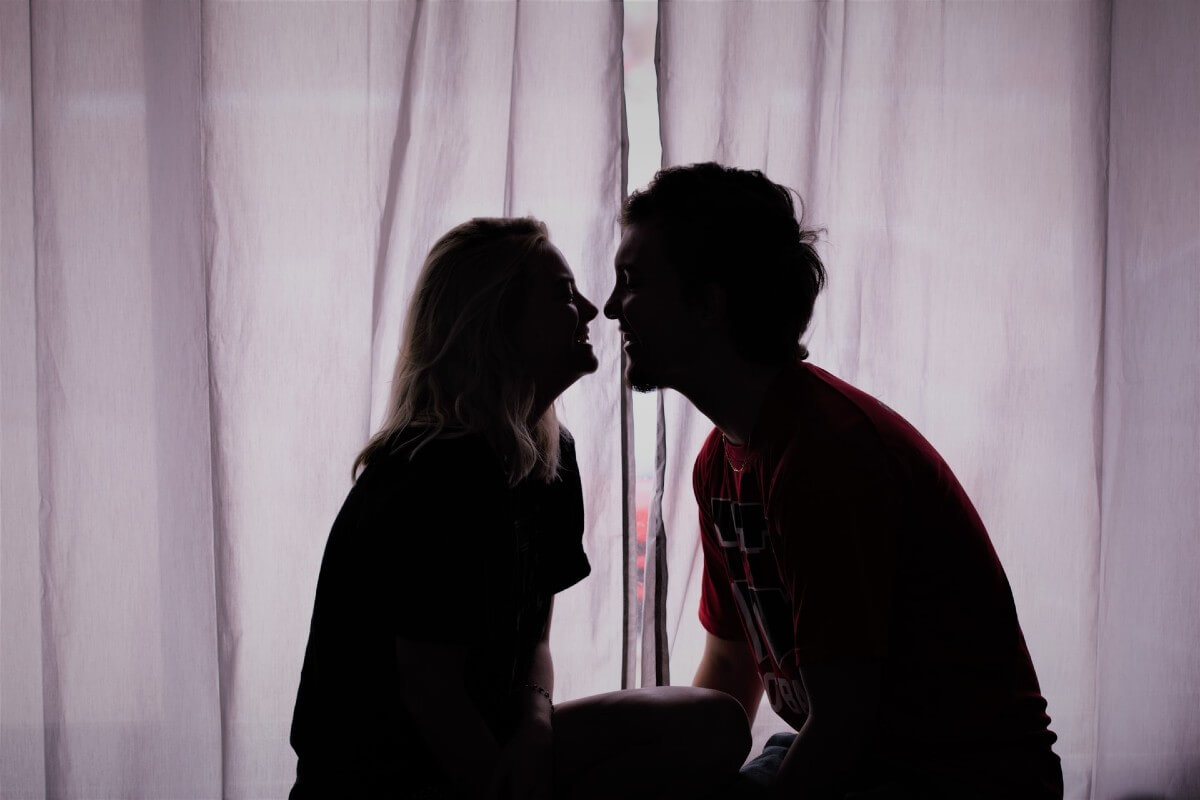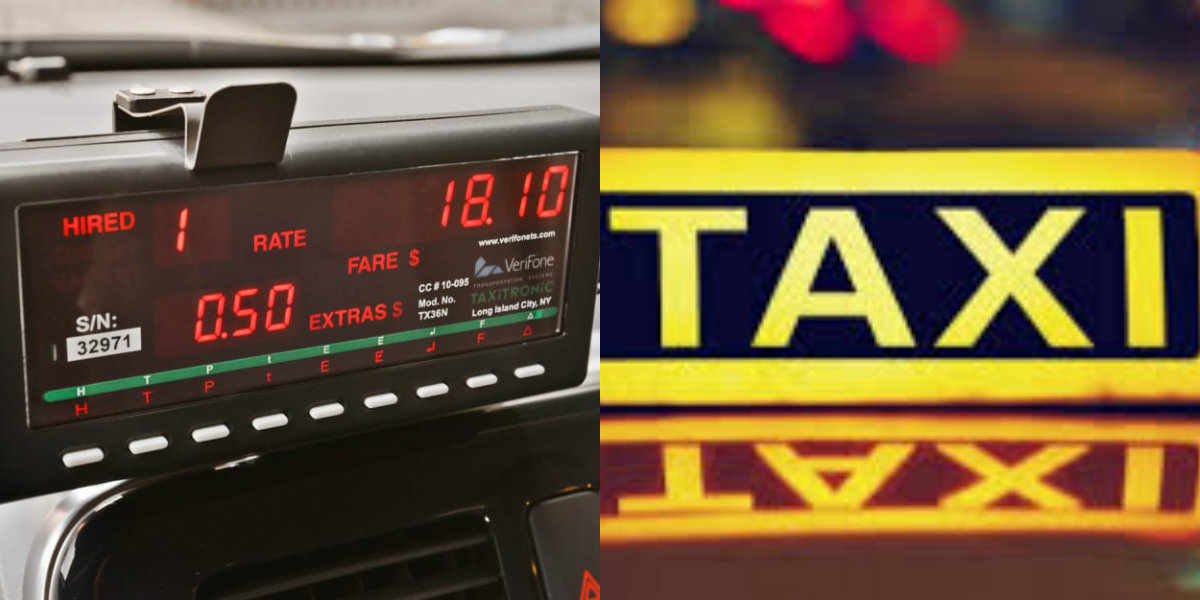Owing to the Covid-19 Pandemic and multiple lockdowns over the last 16 months, several businesses have taken a hard blow. Among the most affected by this seems to be the Gyms and Fitness Studios in the state which have not been able to reap the full benefits of gradually unlock measures. Reportedly, 12 out of approximately 100 such establishments across the state have already shut down.
Last year when the initial unlock phases were underway, the Goa Gym Owners Association had approached the CM asking for support with demands such as rent and property tax relaxation, and a plea to allow gyms across the state to reopen. “We also conducted a peaceful roadshow maintaining all social distancing norms, but it was all in vain,” says Prasad Dhuri, proprietor of Handstand, Vasco.
The CM had promised to do whatever possible to help the gym owners but little was done in this regard. It was only much later when the Centre passed a notification allowing gyms to reopen that the state government also acted in their favour, before that there were no actions taken in our interest.
Gyms, unlike roadside eateries or salons which can sometimes be run in one or two-shutter shops, need a lot more space. An area of 120-140 sq. ft is the minimum to have a gym. This means that the rent, electricity, and other maintenance costs can amount to at least 30-40k per month. For the higher-end gyms, this can even go up to more than a lakh easily.
Many smaller gyms that were started with loans for the expensive equipment and spacious premises are the worst hit. Even the famous fitness chains in Goa have not been able to escape the grip of this adversity. Some of them have not been able to keep the numerous branches running and hence, are on the verge of shutting some of them down.
“Running multiple branches on sparse business has been very difficult and led to mounting costs for us, we are hoping for the situation to improve by July because we don’t know how much longer we can sustain in this manner,” says Norbert D’Souza owner of Goa’s famous fitness chain, Norbert’s.
Gym owners in Goa have been under a severe financial crunch due to the massive property rent and property taxes they have had to pay despite no business. The landowners say that they have their own needs and families to look after, and therefore cannot forego the rent money. In addition to this, even the government is turning a blind eye towards the plight of this sector.
They had to pay the monthly property tax per usual for the premises they are not even using at present. In a shocking revelation by one of the proprietors, “Let alone waiving their property taxes, they have even charged us with the penalty for failing to pay our dues on time!” thus adding insult to injury.
Already badly affected by the first lockdown, the business environment for gyms was only just recuperating when the second wave hit Goa with much more critical consequences this April-May. Governments and property owners now, assuming that everything is functioning in full swing again, often question the owners’ incapacity to pay their dues.
“But that is not the ground reality, people are very hesitant to join back immediately after the lockdown and this time (after the second wave) it is likely to be more,” Mr. Dhuri says in response to it, “most of our clients are between the age groups of 18-35 which is the younger population; parents apprehensive about the safety of their children dissuade them from resuming gymming. Despite easing the lockdown, our business is not likely to pick up immediately due to fear of infection.”
It is very ironic that the same people have no qualms about going to eateries or ordering from restaurants and attending social gatherings. It is only when it comes to gymming that people become so cautious. This prejudice comes from not just people but the government too. While several forms of assistance have been lent to restaurants and hotel businesses to help them recover from the financial setbacks, only indifference was meted out to the Goa Gym Owners Association.
The gym owners do not have well-established unions and represent a very niche sector that is still in its embryonic stage. This could be why they failed to exert enough pressure on the government to act in their favour. But this makes one wonder, does it mean that only those in a majority or with sufficient power have a right to reforms?
By and large, the entire community has been questioning the purpose of the government’s ‘Fit India Movement’ when such apathy and neglect of gyms and fitness studios is prevailing across the state. Needless to say, Goa is not the only state to witness this. It has been a common grievance of gym owners and gym-goers all over India.
All of them opine that the severity of the infection necessitated lockdowns, which was a completely justified step. “The situation of Goa was very critical last month but if such measures are being taken, they should be implemented equally across the board, and should not target only select sectors like ours,” say most gym owners.
Gyms have more or less always followed basic hygiene protocols. They have now enhanced their sanitization procedures in order to suit Covid-19 protocols. “We can do many other arrangements such as assigning slots to clients to ensure we allow only half capacity at any given time. Besides, our clientele is mostly an educated crowd who are themselves very disciplined and will not create any nuisance in terms of compliance with the protocol,” added Mr. Dhuri.
As an extension of the same is the issue of sports nutrition and supplement stores. Many of them are run by the gym owners and sell supplements such as Vitamin and Protein powders. These same supplements are now being prescribed by doctors to boost immunity but people are purchasing them from pharmacists rather than at these stores. Therefore, this additional source of income is being impacted.
As rightly summarized by Mr. Norbert D’Souza, all gym owners have high hopes for the month of July. They expect things to change for the better, and if that doesn’t happen, the future looks very bleak for the gymming community. This includes the owners as well as the several trainers working at these gyms, most of whom are youth.






